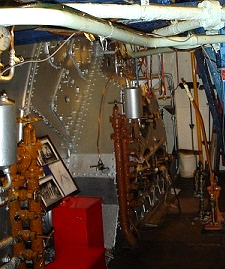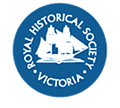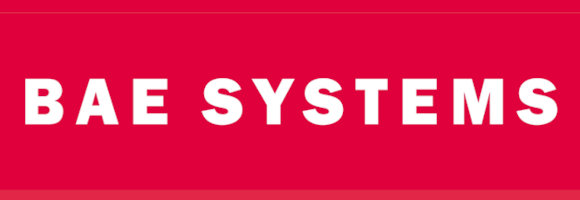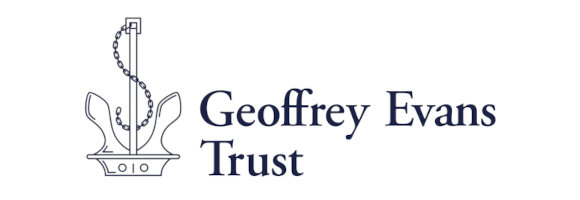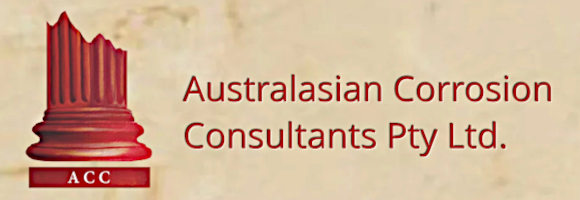
PROPULSION
At the heart of HMAS Castlemaine lies a pair of Yarrow Admiralty pattern, 3 drum boilers each fired by four sprayers. Each boiler has a steam drum and two water drums laid out in a vertical triangular configuration, with the steam drum at the top of the apex and the water drums at the base. Each water drum is connected to the steam drum by approximately 400 one and a half inch (40mm) diameter steel tubes.
The boilers provided steam at 210 pounds per square inch (1450Kpa) to the engine room, to power the two triple expansion steam reciprocating engines. Steam from the boilers was also provided to the two electrical generators, various pumps, the anchor and minesweeping winches, an evaporator and the steering engine.
The boiler room was pressurised and accessed through inner and outer doors which provided an air lock. The boiler room was pressurised to maintain a positive pressure of 4-8 inch water gauge forcing more air into the boilers for combustion. If the air/fuel pressure ratio fell below this threshold there would not enough air feeding into the furnace compared to oil resulting in black smoke being made, potentially giving away the ship’s location to distant observers. Similarly, if there was too much air in proportion to oil, white smoke would be made.
The boiler crew also kept the fuel pumps operating and fuel oil heated to the correct temperature to burn (180°F/68C), and the boiler feed water pumps operating at the correct speed to maintain the boiler water level. The boiler fuel oil sprayers also required constant cleaning to remove the built up carbon deposits. HMAS Castlemaine carried 160 tons of furnace fuel oil and 6 tons of diesel oil.
The steam system aboard HMAS Castlemaine recirculated spent steam, condensing it back into water for reuse in the boilers as well as running a desalinating unit (called an evaporator) located in the engine room which produced twenty-five tonnes of distilled water per day.
When under steam the engine room was manned by an engine room artificer (ERA), a leading stoker and a stoker. The ERA supervised the watch whilst the leading stoker carried out the instructions received from the bridge via the voice pipe or the telegraph. The stoker regularly oiled around the main and auxiliary engines and when the main engines were doing high revolutions, felt around the main bearings for over heating. Several times during the watch the stoker visited the tiller flat and oiled the steam steering engine there.

